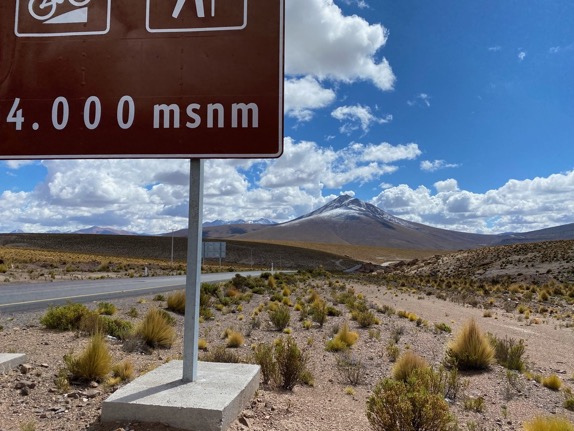The Caminantes, the City, the Desert and the Mountains 🇨🇱

Colchane, Chile, March 2021
In March 2021, I travelled to Chile to support UNHCR and the Chilean Red Cross in their humanitarian response to the crisis of the Caminantes—migrants and refugees from Venezuela, other parts of Latin America, and Cuba, who travel on foot in search of a better future.
The journey of the Caminantes is one of hardship, endurance, and desperation. Many walk for weeks or months across multiple countries, often without sufficient food, water, or shelter. They flee economic collapse, political instability, and insecurity, hoping to find safety and opportunities in Chile. However, the journey is dangerous, and even upon arrival, integration remains an enormous challenge.
Santiago – Understanding the Humanitarian Response
The visit began in Santiago, where I met with humanitarian partners at their headquarters, as well as colleagues from the EU Delegation. The discussions revolved around protection, access to healthcare, and the challenges of integrating refugees into Chilean society.
One of the most memorable moments of the trip was meeting Rebecca, UNHCR’s country representative. From the very first conversation, we clicked immediately, and what began as a professional exchange quickly turned into a lasting friendship.
During my time in Santiago, I also had the opportunity to discover the city. Nestled between the Andes Mountains and the Pacific, Santiago is a place of contrasts—modern skyscrapers stand alongside colonial buildings, and bustling markets lead to quiet parks and cultural spaces.
Heading North – Following the Caminantes’ Route
After Santiago, I travelled north to visit regions where refugees were assisted or where we could follow the routes of the Caminantes. The journey took me through:
• Antofagasta – A major port city and economic hub, where migrants arrive in search of jobs in Chile’s mining industry.
• Mejillones and Tocopilla – Coastal towns along the Pacific, where humanitarian organisations work to provide basic aid.
• Iquique and Huara – Key transit points for migrants, where many arrive exhausted and in need of urgent medical care.
• Colchane and Pozo Almonte – Some of the most challenging border areas, where temperatures drop below freezing at night, and migrants risk altitude sickness and dehydration.
• Humberstone – A hauntingly beautiful abandoned mining town, a silent witness to the harsh realities of survival in the desert.
• Arica – One of the first stops after crossing from Peru, where many migrants, unable to continue, find themselves stranded with no resources.
The Suffering and Struggles of the Caminantes
Walking through these regions, it was impossible not to be moved by the incredible hardships faced by the Caminantes. Many travel with small children, carrying only a few belongings in plastic bags. Some have blisters and injuries from walking hundreds of kilometres. Others arrive malnourished, dehydrated, and emotionally drained.
They face xenophobia, legal barriers, and economic exploitation. Many struggle to find jobs, housing, and access to basic services. Despite their determination and resilience, the road to stability and dignity remains long and difficult.
Returning to Santiago – The Role of Humanitarian Aid
Back in Santiago, I visited Red Cross health centres, where Venezuelan migrants were receiving medical care, psychological support, and legal assistance. These centres are lifelines for many who have arrived with nothing but hope and exhaustion.
The Harsh Beauty of Northern Chile
Despite the tough conditions, northern Chile is stunningly beautiful. The Atacama Desert, the driest in the world, stretches for endless kilometres, creating surreal landscapes of red rock formations, salt flats, and distant volcanoes. The beauty is stark, almost alien, but it is also a land of extreme conditions—one that mirrors the struggles and resilience of those who walk across it.
A Journey That Left a Deep Mark
This trip was one of the most powerful I had experienced. Seeing the human cost of migration up close, hearing the stories of suffering but also of courage, and witnessing the tireless work of humanitarian organisations was humbling.
The Caminantes are not just statistics—they are people, families, children, and elderly individuals risking everything in search of dignity and safety. And while their journey is full of hardship, their strength and determination remain unbreakable.
Click here to access the album.
